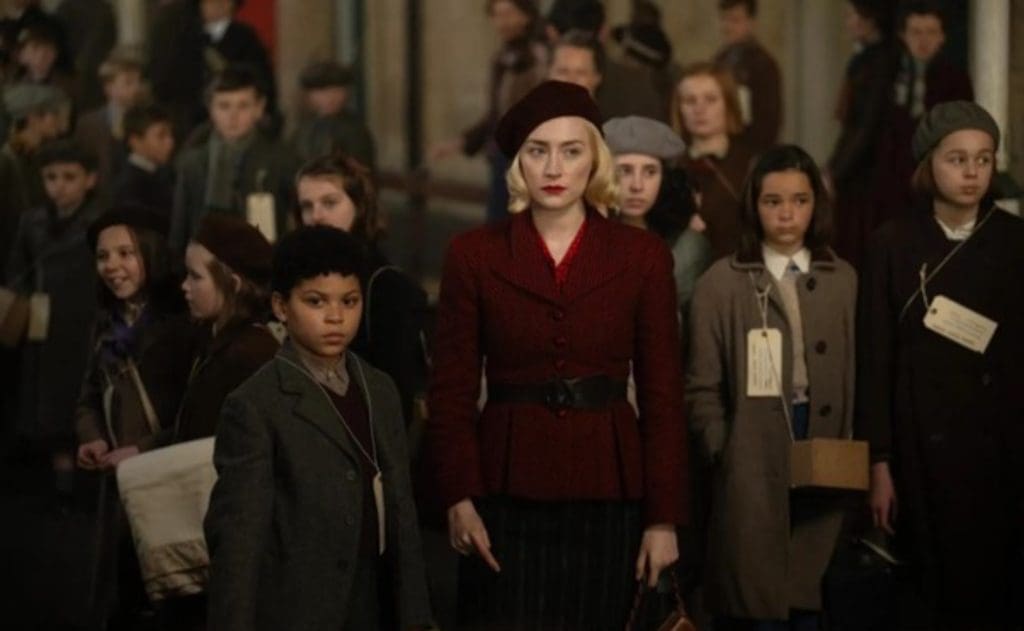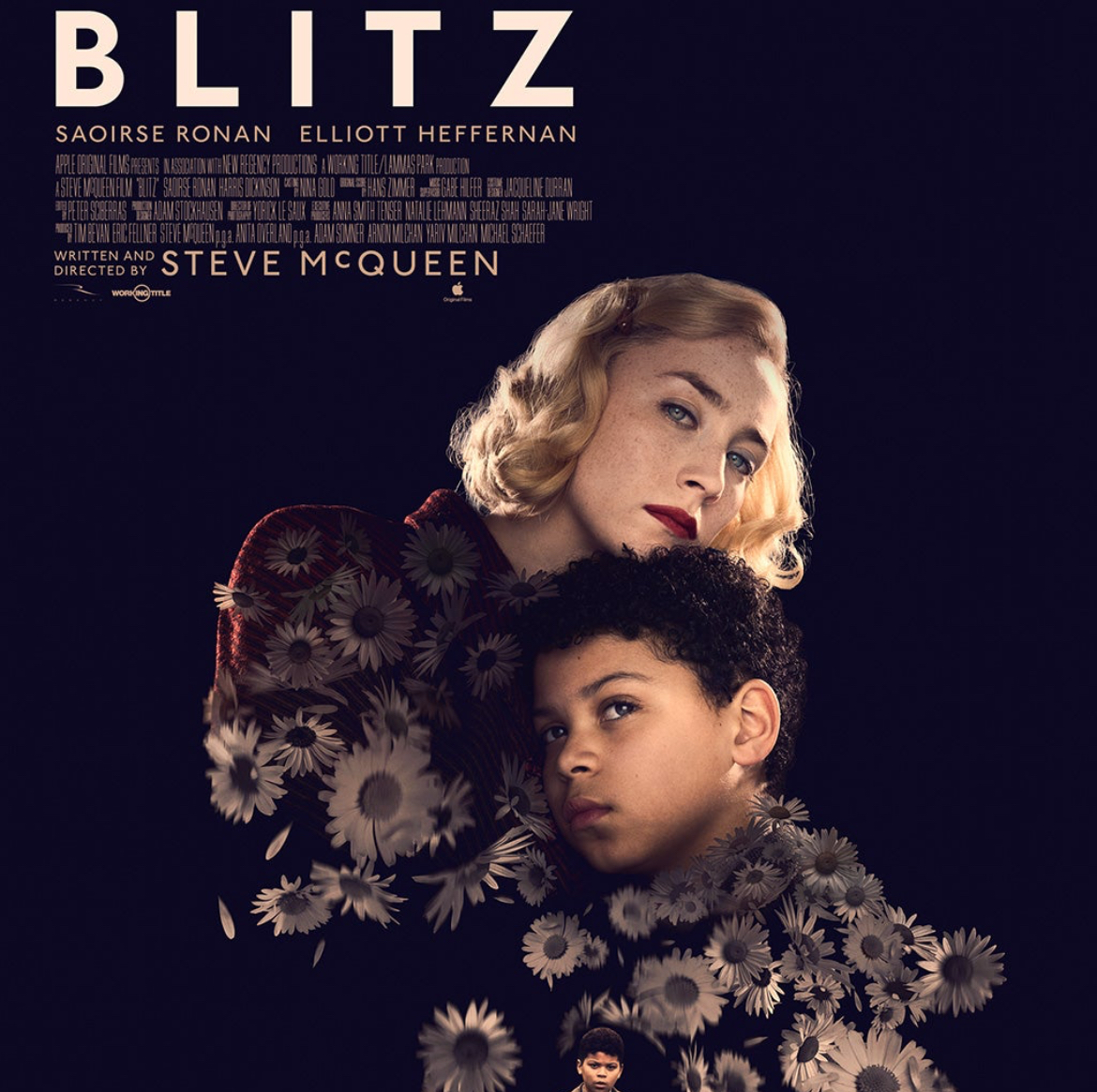Steve McQueen’s excellent new film Blitz explores, amongst other things, how the population of the East End had to force their way into the London Underground stations for protection. This was because, as he details in a recent interview, Churchill had forbidden their use by Londoners – due to his fear that the British would appear to be ‘cowering’. The absurd prohibition against sheltering in the Tube is part of the hidden history of the Blitz that Steve McQueen’s powerful film addresses, along with racial and class tensions during the war in a nation where imperial and chauvinist prejudices were even more ingrained and openly expressed than today.
The film follows nine-year-old George, the mixed-race son of Rita (Saoirse Ronan) as he is evacuated from London for his safety, only to leap from the train and return to London to try to rejoin his mother and grandfather Gerald (Paul Weller). On his return he becomes lost amongst the streets of the capital during a nighttime air raid, is caught by thieves (Steven Graham and Kathy Burke) who force him to steal from bombed-out jewellery store and cut the rings from corpses strewn around a destroyed nightclub. Many of these scenes are based on historical incidents such as the bombing of the Café de Paris, how looters cut of the fingers of corpses to get their rings, the flooding of Balham tube station where 600 people were sheltering and how efforts to segregate the shelters were challenged by a black fire warden in Marylebone whose speech is re-enacted in the film. The child-eye perspective of London at war has not been done as well since John Boorman’s 1987 feature Hope and Glory and is a highly engaging addition to McQueen’s impressive body of work with a strong cast and narrative drive that makes this amongst his most accessible films.

However, Blitz has divided critics and has been criticised by some for addressing issues of race as somehow “preachy”. Perhaps audiences are unused to seeing black characters feature in a film about the Second World War because post-war cinema so often erased soldiers from the British colonies from battle sequences and black and Asian civilians from city scenes. This absence mirrors attitudes in the war when, for instance, America drafted black men but didn’t want any black soldiers in the victory marches in Paris in 1944. McQueen’s films have always been political – whether Hunger (about Bobby Sands and the Hunger Strikes of 1981), Twelve Years a Slave, or his more recent Small Axe, Grenfell and Occupied City (about the Nazi occupation of Amsterdam). Blitz is no exception and if some audiences are uncomfortable with a narrative focused on the experience of a mixed-race boy against a backdrop of class and race tensions at a time when Britain was undergoing profound social changes then they may need to ask themselves why that is.
The final aerial shots of the ruins of London are also a painful reminder that children and civilians are still targets in wars of aggression – whether it be in Ukraine or Gaza. Seeing and hearing Blitz at the cinema (an excellent soundtrack and use of music lifts the film above the usual historical drama) is a far different experience from watching it on the small screen. I recommend you go and see it and decide for yourself if this cinematic vision of the Blitz adds another important perspective to our understanding of an iconic moment in our history.
Blitz is in selected cinemas now.







